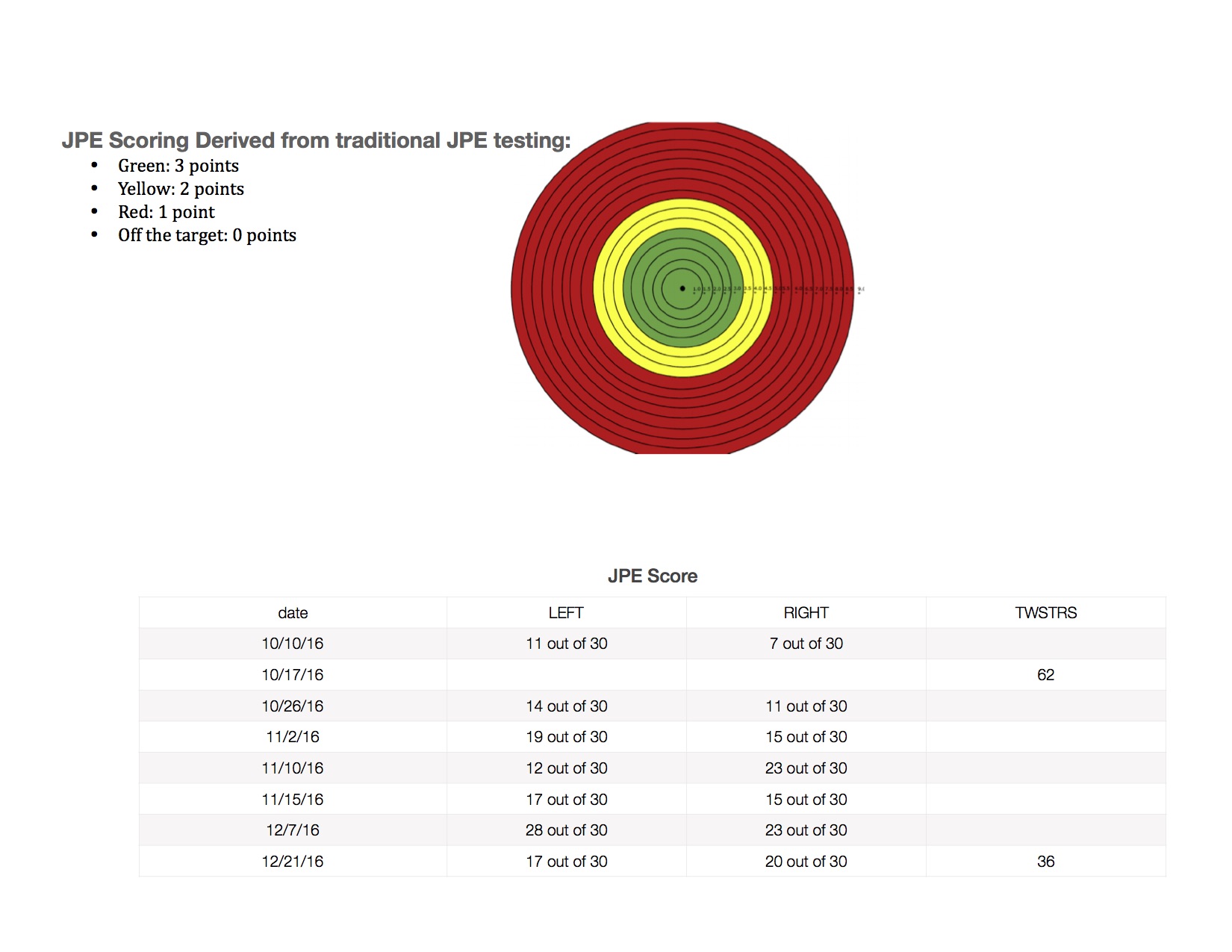Session Information
Date: Thursday, June 8, 2017
Session Title: Dystonia
Session Time: 1:15pm-2:45pm
Location: Exhibit Hall C
Objective: Describe a case of new dystonia gravidarum improving with joint position error training
Background: KB is a previously healthy 34-year-old primiparous female without previous exposure to neuroleptics who developed new onset cervical dystonia (CD) within the first month of her pregnancy. Her symptoms began within a week of conception, and developed into CD with severe anterocollis and right rotation with a dystonic head tremor. Her symptoms were severe enough to cause her to completely stop working and take disability leave. Initially a sensory trick would temporarily improve her symptoms, but this stopped being effective. Of note, the patient did recall having a severe case of varicella zoster as a child requiring hospitalization but denied any neurologic sequelae. She has a twin sister (presumed identical) that did not experience CD during her own pregnancies. She has a remote history of mild neck injury, but denies any previous dystonia or movement disorders, rheumatic fever, or family history of movement disorders.
Basic laboratory testing was within normal limits. The patient deferred MRI brain. A presumptive diagnosis of dystonia gravidarum was made based on two previous case reports described in two primiparous women in China and Italy (1, 2).
Due to her pregnancy, traditional treatments for CD including botulinum toxin were considered too risky for the unborn fetus. She was referred to a Neurological Clinical Specialist (NCS) physical therapist (PT) for treatment. Treatment focused on using joint position error (JPE) training, which is a method that aims to assess the patient’s ability to return their head back to neutral position using a laser centered on her forehead and a target 90 cm in front of the patient. The patient was assessed with 10 trials on each side at every session and instructed to perform the exercises at home.
Methods: Case Report
Results: [Table 1]
Conclusions: Conclusions: Dystonia gravidarum is a very rare clinical syndrome that has only been described in 2 previous case reports. Pregnancy limits the treatment options for dystonia, but in this case the patient is improving subjectively as well as objectively (TWSTRS and JPE scores) after undergoing treatment with JPE. JPE should be considered as a treatment for future cases of dystonia gravidarum.
References: 1. Fasano, Alfonso, Antonio E. Elia, Arianna Guidubaldi, Pietro A. Tonali, and Anna Rita Bentivoglio. “Dystonia Gravidarum: A New Case with a Long Follow-up.” Movement Disorders 22.4 (2007): 564-66.
2. Lim, Erle Chuen-Hian, Raymond Chee-Seong Seet, Einar P.v. Wilder-Smith, and Benjamin Kian-Chung Ong. “Dystonia Gravidarum: A New Entity?” Movement Disorders 21.1 (2006): 69-70. .
To cite this abstract in AMA style:
T. Pham, A. Elder, A. Wu. Dystonia Gravidarum Improved After Joint Position Error Training [abstract]. Mov Disord. 2017; 32 (suppl 2). https://www.mdsabstracts.org/abstract/dystonia-gravidarum-improved-after-joint-position-error-training/. Accessed April 26, 2025.« Back to 2017 International Congress
MDS Abstracts - https://www.mdsabstracts.org/abstract/dystonia-gravidarum-improved-after-joint-position-error-training/

